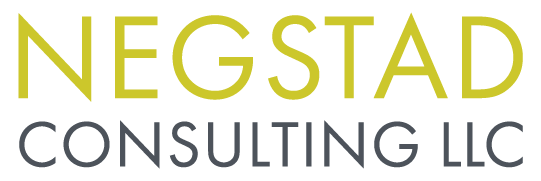5 Minutes on Types of Conflict and Tension
My colleague Levon Williams, at Rooted in Equity, so beautifully says, “All meaningful relationships will have conflict.”
The goal is not to avoid, resolve, or prevent all conflict. Conflict is a part of relationships.
If you’ve worked with me or been in one of my trainings you’ve likely heard me say that being an effective people leader is, at its heart, about creating healthy working relationships.
So, let’s start by knowing that conflict and tension are part of healthy working relationships.
Let’s even expect conflict and tension.
Not in a way that is manifesting it but recognizing it’s a normal part of being in relationship with each other and working together.
Actually, conflict helps us stretch, grow, and learn.
The strongest teams will have a lot of diversity and difference present. Working across difference and a willingness to try to understand other’s perspectives often comes with conflict. But it also brings more innovation, creativity, and increased effectiveness.
That’s why I prefer to focus on building conflict resilience not conflict resolution.
To build our conflict resilience muscles, let’s start by understanding that conflicts and tension are not all created equal.
You likely naturally feel there is a difference in these types of conflict or tension:
A rough patch on your team versus an unresolved dynamic
Crossed wires versus a flat-out turf war
A real misalignment versus productive friction
They might feel different in your body.
Your instincts for how to approach it, the tone to take, how quickly to act, who to involve, all might shift depending on the type of conflict.
There is even positive conflict. It happens all the time.
If we’re not comfortable with conflict, our nervous systems can still be stressed by it. We can equate creative tension or healthy disagreement with hostility or a power struggle.
But when we can recognize conflict as positive, or as more minor, we can approach it differently.
Different types of conflict require different tools and strategies.
Let’s get into the nuance by exploring types of conflict. There are many more, but we’ll start with five.
As you read, consider conflicts you are currently experiencing.
How would you categorize them?
How does that influence your approach?
Does your body’s stress response shift at all when you’ve categorized the conflict?
Five Types of Conflict
1. Low-Level Conflict:
Low-level conflicts are minor. These day-to-day conflicts and tensions are parts of the normal ups and downs of life. They are often conflicts where we try to let go, give grace, or bring understanding. For example:
Someone has an off day
Stress breaks through
Someone is uncharacteristically inconsiderate or unaware
2. Systems Level Positive Conflict:
Systems level positive conflict is the energy for change that wants to happen in your system. This could be at a team or organizational level. Friction or tension is present showing us there is energy for change. Notice the difference between recognizing there is energy for change versus a conflict that needs to be resolved.
Instead of trying to resolve the conflict or smooth the tension away, we learn to pause and explore. We can look for opportunities.
A growing team might be ready to split into two
New communication norms are asking to be uncovered
A leadership transition is the right next step
3. Constructive Differences
Constructive differences or disagreements are another type of positive conflict. It’s helpful to know that these types of differences are just part of being human. They are always present.
We may have different cultural backgrounds, personalities, values, life experiences, etc. Differences will always be there. They are a source of positive conflict when we can leverage these differences and share them without personalizing them or attaching them to each other. This builds trust.
4. Resistance:
Resistance is a type of thorny conflict. Resistance conflicts are patterns that can show up indicating unexpressed tension or feelings. We all do this without always being aware of the tension or conflict that arises from it.
We explored this type of tension in my Deep Democracy training. Training participants explored what unexpressed tensions or feelings might look like:
Sarcastic jokes
Excuses
Gossip
Back-channel communications (meeting after the meeting)
Slow downs (not ever getting to the task)
These signs of resistance in our interactions and groups become thorny when they stay below the surface and aren’t overtly addressed.
5. Perpetual Problems
Perpetual problems are another type of thorny conflict. The Gottman Institute talks about them as solvable versus perpetual problems, a framework they use for healthy partner relationships (couples), that proves helpful in work relationships.
Perpetual problems center on fundamental differences like personality traits, preferences, life aspirations, family or cultural background, lifestyles, and values. These problems will return again and again. For that reason it’s about how to manage them not solve them. In other words, it’s about conflict resilience.
How do we talk about them?
How do we find acceptance for each other?
How do we build empathy?
How do we build trust?
How do we learn to live with and acknowledge these differences?
You’re now well on your way to building your conflict resilience.
You can start asking yourself if your team is experiencing resistance or a perpetual problem.
You can practice looking for the opportunity in a positive conflict.
And you can stop using too much energy trying to resolve low-level conflicts and more energy overtly addressing thorny conflicts.
This is just the start.
Want more? Read about Our Relationship to Conflict.

